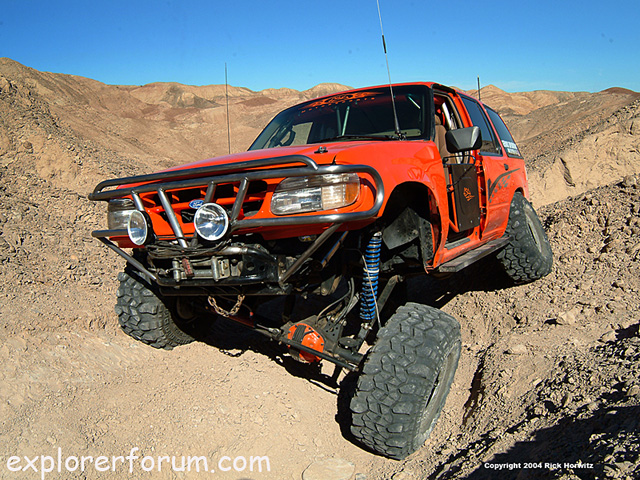Suspension and steering parts are forged or cast out of malleable iron and will bend before they break. They are designed to do that. As some have correctly pointed out, if you cool the parts rapidly you will make the iron brittle (you are introducing a temper, and unless you have a heat treating oven and some experience best not to fool around with this). With the exception of the spindle, and parts of articulating joints, nothing is hardened, and those parts which are typically get induction hardened locally at the point of wear. Now, if you cold bend a part you WILL harden it and make it more brittle. This is called work-hardening, and is why it is preferred to replace suspension components damaged in accidents rather than straightening them.
However, the main reason I suggested shimming various components was to make the mod reversible or adjustable in the future. Your headers will change shape even if you never whang them onto the street. Your unibody will change shape if you try going fast with big blocks. A 440 moves the headers out and up some, if you ever swap.
One other thought before you get too carried away. You do have the car sitting level with the weight on the wheels right? If you have jackstands under the unibody, and a big block hanging up front, you have more than 3/8" of bend in the chassis that won't be there when you are driving. When you add subframe connectors, and I suggest you do, make sure the car is weight-on-wheels then as well. Wheel ramps up front and stands under the rear axle are the way to go.



















